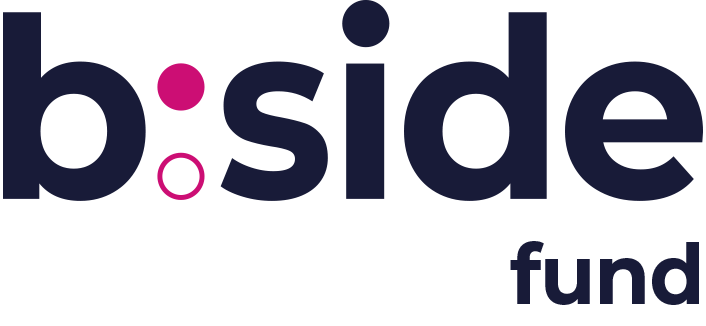Managing Credit Card Utilization: A Crucial Skill for Small Business Owners
As a small business owner, you're no stranger to the myriad financial challenges that come with running your enterprise. One critical aspect of financial management that often requires careful attention is credit card utilization. While credit cards can be invaluable tools for managing cash flow and covering expenses, high credit card utilization can pose significant risks to your business's financial health. In this post, we'll explore the dangers of high credit card utilization and discuss practical strategies to avoid this common pitfall.
Understanding Credit Card Utilization
Credit card utilization refers to the percentage of your available credit that you're currently using. It's a key factor that credit bureaus consider when calculating your personal credit score. A high utilization rate signals to lenders that you may be overextended financially, which can negatively impact your creditworthiness and ability to access additional credit in the future.
For small business owners, maintaining a low credit card utilization rate for personal and business credit cards is crucial for several reasons:
Credit Score Impact: High credit card utilization can lower your credit score, making it harder to secure favorable terms on loans or lines of credit.
Increased Interest Costs: Carrying high balances on your credit cards means paying more in interest charges, eating into your profit margins.
Cash Flow Constraints: High utilization can lead to cash flow problems, making it challenging to cover essential business expenses and investments.
Limited Access to Credit: Lenders may be reluctant to extend additional credit if they perceive your business as having excessive debt relative to your credit limits.
Risk of Default: In extreme cases, high credit card utilization coupled with financial challenges can lead to missed payments and default, harming your business's reputation and viability.
Strategies to Avoid High Credit Card Utilization
Set a Usage Limit: Determine a reasonable percentage of your credit limit that you'll strive to stay below, such as 30% or lower. Monitor your spending regularly to stay within this limit.
Use Multiple Cards Wisely: Instead of relying heavily on one credit card, consider using multiple cards strategically to distribute your balances and keep individual utilization rates low. Don’t forget to keep personal and business credit card usage separate. This clear distinction makes tracking and managing expenses much easier.
Pay Balances in Full: Whenever possible, pay your credit card balances in full each month to avoid interest charges and keep utilization rates low.
Negotiate Higher Limits: If your business needs more credit, consider negotiating higher limits on existing cards rather than opening new accounts, as long as you can manage the responsibility responsibly.
Monitor Regularly: Keep a close eye on your credit card statements and credit reports to catch any signs of rising utilization early and take corrective action.
Final thoughts
High credit card utilization can be a significant risk for small business owners, affecting credit scores, cash flow, and overall financial stability. By understanding the dangers of high utilization and implementing proactive strategies to keep balances in check, you can protect your business's financial health and pave the way for long-term success. Remember, responsible credit card management is a fundamental skill for any savvy entrepreneur.
Need to refinance a business credit card? B:Side Fund may be able to help. You can start our process here.
Want to receive more content like this?
Sign up for our small business updates.
